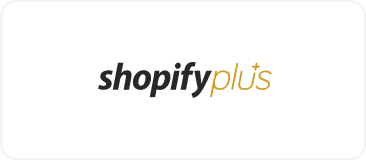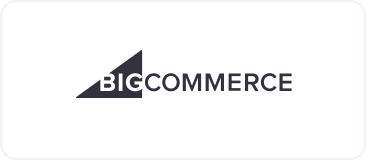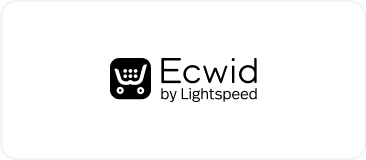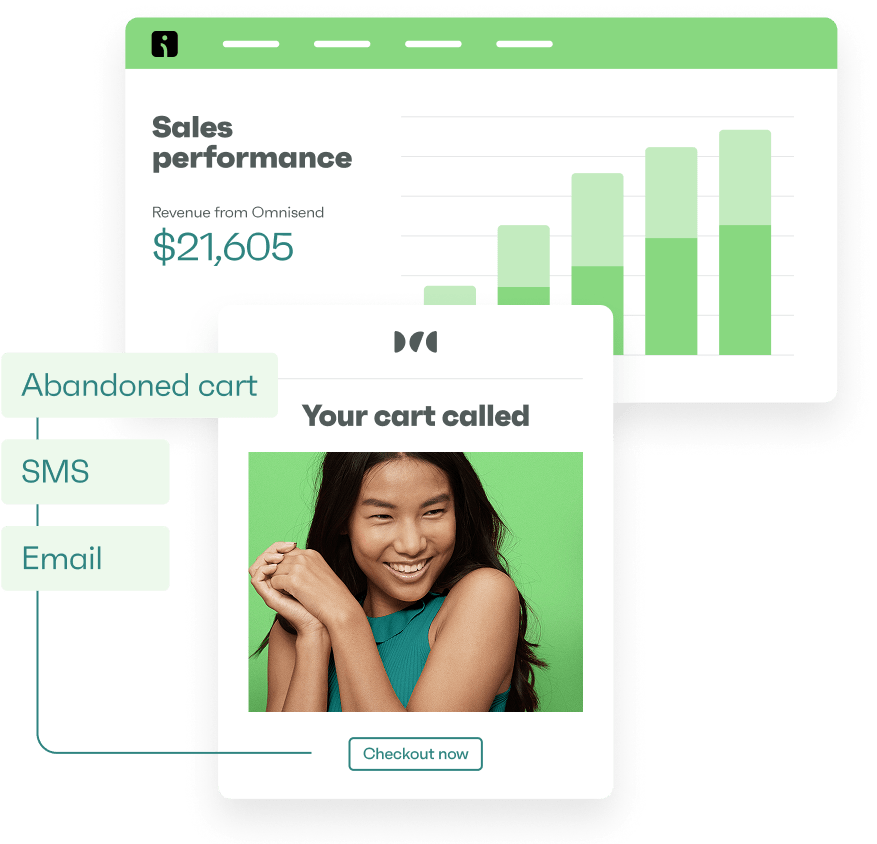Drive sales on autopilot with ecommerce-focused features
See FeaturesStart planning your Black Friday marketing campaigns as early as July to capture market share and avoid inflated ad costs during peak shopping times.
Set clear goals beyond revenue, such as list growth and customer reactivation, and track these metrics weekly to optimize your campaigns.
Utilize SMS marketing for immediate visibility and urgency, as it boasts significantly higher click rates compared to email during Black Friday promotions.
Implement tiered discounts and product bundles to increase average order value while maintaining profit margins, rather than simply slashing prices.
Ecommerce stores nailed Black Friday marketing in 2024, with consumers spending $10.8 billion (source: Adobe), up 10.2% from the previous year. Even more incredible is the five-day Cyber Week, which generated $41.1 billion in total.
We expect those figures to be higher in 2025. The question is, how can you take a slice?
Your share depends on preparation, timing, and execution across email, SMS, and social channels — starting months before November (or weeks, if you’re reading this sooner) and continuing through January with retention campaigns.
This guide covers planning timelines, email strategies, SMS tactics, social media approaches, retention techniques, and the automation workflows that tie everything together.
Quick sign up | No credit card required
Plan your Black Friday marketing like a pro
Black Friday success depends on preparation months before November. July planners capture market share while October scramblers fight for leftovers. BFCM runs for four to six weeks now, not 24 hours.
Early planning dodges inflated ad costs and crowded inboxes. Your campaigns land when customers still have attention and budget to spend, and you get time to test what works instead of guessing on game day. The result? A greater return on investment (ROI).
When should you start planning for Black Friday?
The table below provides a timeline for Black Friday planning:
| Month | Focus | Key actions |
|---|---|---|
| July | Strategy & analysis | Analyze last year's data, set revenue goals, identify hero products |
| August | Creative development | Design email templates, write campaign copy, plan promotional calendar |
| September | Technical prep | Audit website speed, test checkout flow, increase hosting capacity |
| October | Campaign setup | Build email automations, create segments, schedule social posts |
| Early November | Pre-launch | Send teaser campaigns, grow email list, test all systems |
| Late November | Execute & optimize | Launch campaigns, monitor performance, adjust based on data |
How to set clear Black Friday goals
Revenue targets are obvious, but successful campaigns track multiple metrics. Set goals that build your business beyond November:
- List growth: Add email capture forms and popups to your site and offer early bird signups and gated offers
- AOV (average order value): Bundle complementary products and create minimum purchase incentives
- Customer reactivation: Send exclusive previews to customers who bought last year but went quiet
- New customer acquisition: Monitor new customer numbers and segment them for appropriate targeting
- Inventory targets: Set baselines for sales numbers across all categories
Track these metrics weekly during your campaign. What gets measured gets optimized.
Why you should audit your website and tech stack
Your site will face its highest traffic during BFCM. One crash during peak hours can cost you thousands in lost sales. Run this audit by September:
- Mobile optimization: Most traffic arrives via phones. Test your entire purchase flow on mobile devices to ensure a seamless experience. Fix any elements that require zooming or horizontal scrolling.
- Site speed: Slow pages kill conversions. Compress images, remove unused apps, and upgrade your hosting plan if your current plan struggles to handle regular traffic.
- Checkout flow: Remove unnecessary steps. Guest checkout should be prominent. Payment options should include digital wallets for faster completion.
- Email capacity: Confirm your email service can handle increased volume. Some providers throttle sends, which delays time-sensitive campaigns.
Key data to analyze from last year’s Black Friday
Your own historical data beats industry benchmarks. Pull these reports from last year:
- Product performance: Which items sold best? What had the highest margins? Build promotions around proven winners.
- Discount effectiveness: Did 20% off outperform BOGO? Check which offers drove the most revenue per customer.
- Traffic patterns: Note the times and days customers shopped. Time your emails and posts to match their behavior.
- Channel attribution: Map where sales originated to guide this year’s budget allocation across email, social, and ads.
- Cart abandonment rates: High abandonment rates reveal checkout problems. Fix friction points before this year’s rush.
Missing last year’s data? Analyze your best-performing Black Friday marketing ideas from any time period. Past customer behavior predicts future actions better than guesswork.
If you’re a new ecommerce store without any past data, start building your email list and create BFCM campaigns as early as possible to collect data.
A proven Black Friday email strategy that converts
Email generates more BFCM revenue than any other channel, but only when you send the right message to the right customer at the right time.
Generic blasts waste your best opportunity of the year and risk losing subscribers as your customers receive irrelevant and badly-timed promotions.
Why you should segment your Black Friday audience
Different customers need different approaches. Your VIPs, who spend a lot annually, shouldn’t receive the same email as someone who subscribed yesterday. Segmentation multiplies your conversion rates by matching offers to customer value and behavior.
Here’s a three-step Black Friday strategy for segmenting your audience:
1. VIP customers
Give your top 20% of spenders early access 48 hours before public sales launch. They get the first pick of inventory and exclusive bundles unavailable to others. These customers already trust you — reward that loyalty before competitors steal them with mass-market deals.
2. Previous BFCM shoppers
Last year’s Black Friday buyers already know your sales pattern. Send them a “you loved this last year” campaign featuring complementary products to their previous purchases. Your past customers are ready to buy again if you remind them of why they chose you before.
3. New subscribers
Recent signups need warming up before promotion. Run a welcome series introducing bestsellers and brand stories, building toward your marketing Black Friday preview. Create explainers and clarify offers and benefits before the main event.
Remember that some customers only want sale notifications, not daily emails. Others unsubscribe if you email more than once per week.
Respect these preferences and consider letting new customers choose their email frequency during November’s high-volume period.
Best Black Friday promo ideas to try in 2025
Black Friday promotions should solve business problems, not just slash prices. Each tactic here targets a different goal — pick based on what your store needs most.
Best Black Friday promos to increase revenue
Discounting cuts into profits unless you structure offers to increase order values, move dead stock, or attract customers who buy repeatedly beyond November.
Here are some proven marketing ideas for Black Friday that increase revenue:
1. Tiered discounts
Spend $100, get 15% off. Spend $200, get 25% off. Spend $300, get 30% off.
This structure pushes customers to add “just one more thing” to reach the next tier. Your average order value increases as customers convince themselves they’re saving by spending more. Set thresholds just above your current AOV to maximize the stretch.
VidAngel sends tiered discount messages to customers who are closing in on subscription renewal. The email below offers 50% off:
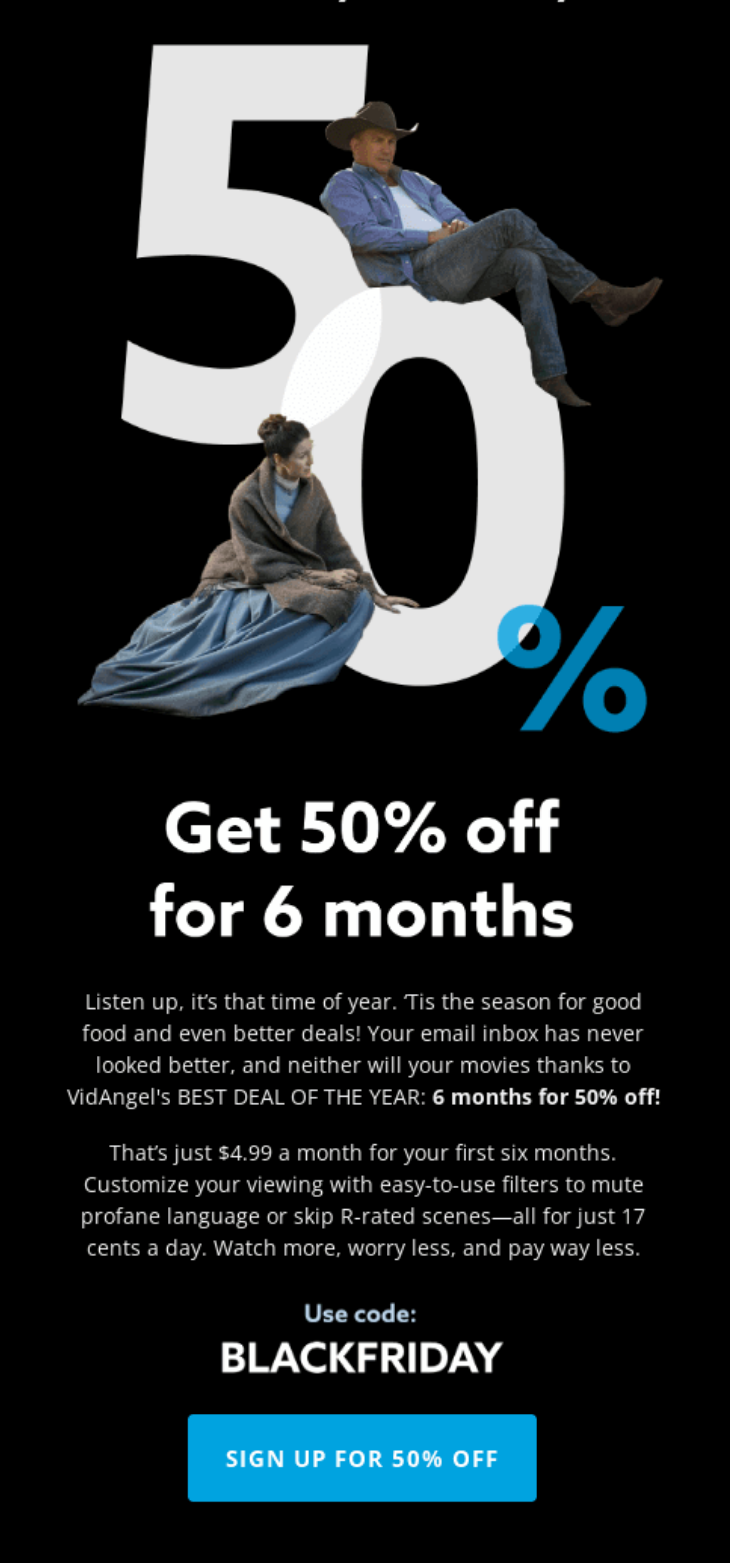
2. Product bundles
Package slow-moving inventory with bestsellers. Skincare brands bundle cleansers with moisturizers. Electronics retailers pair phones with cases and chargers.
Bundles solve two problems at once — clearing excess stock and introducing customers to products they might not buy individually. Price the bundle 15–20% below individual products to create obvious value.
Grooming brand Manscaped provides additional sales tactics you can use for your bundles, including VIP member prices and “Best Seller” labels:
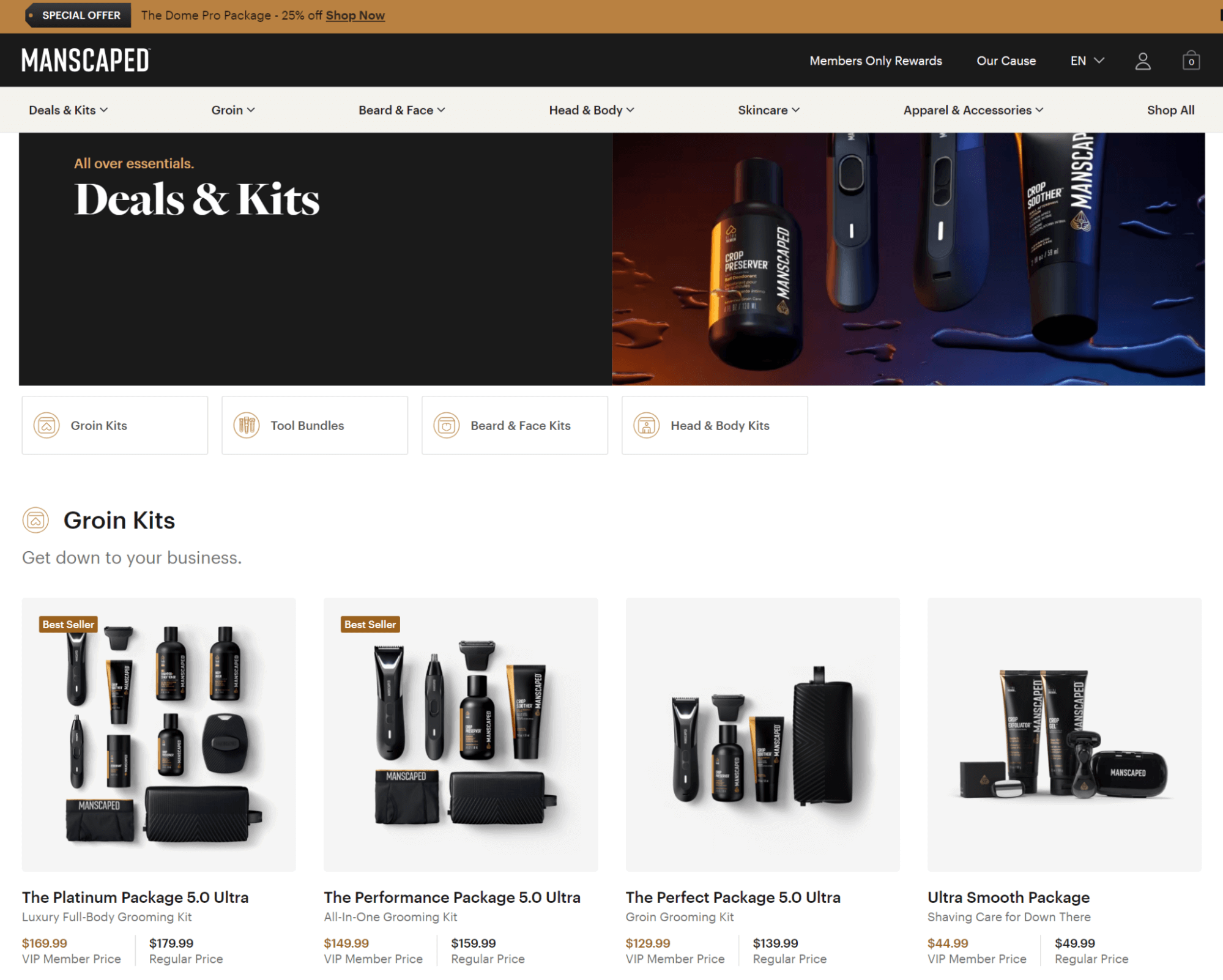
3. Buy one, get one (BOGO)
BOGO works best for consumable products that customers already repurchase regularly. Offer BOGO on items with high margins where giving away one still leaves profit on the pair.
Variations like “buy two, get one free” or “BOGO 50% off” let you control margins better. Use BOGO to move seasonal items before they become dead stock.
Here’s an example of a Black Friday SMS offering BOGO:
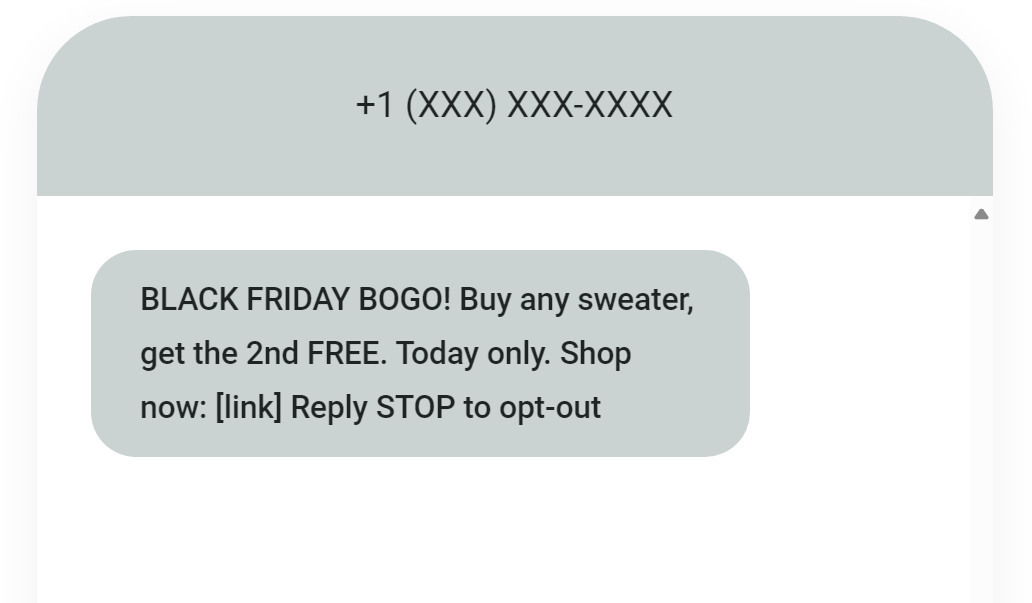
4. Freebies with purchases
Add a gift when orders hit $75, $150, or your target threshold. The gift should cost you little but feel valuable to customers — sample sizes, exclusive items, or overstock products work well.
You control the cost while customers focus on the bonus value. You can also use gifts to introduce new products that might become future purchases.
Hair growth retailer Adegen creates Black Friday campaigns with freebies. The email below offers two gifts with the purchase of its three-month Regrowth Kit:
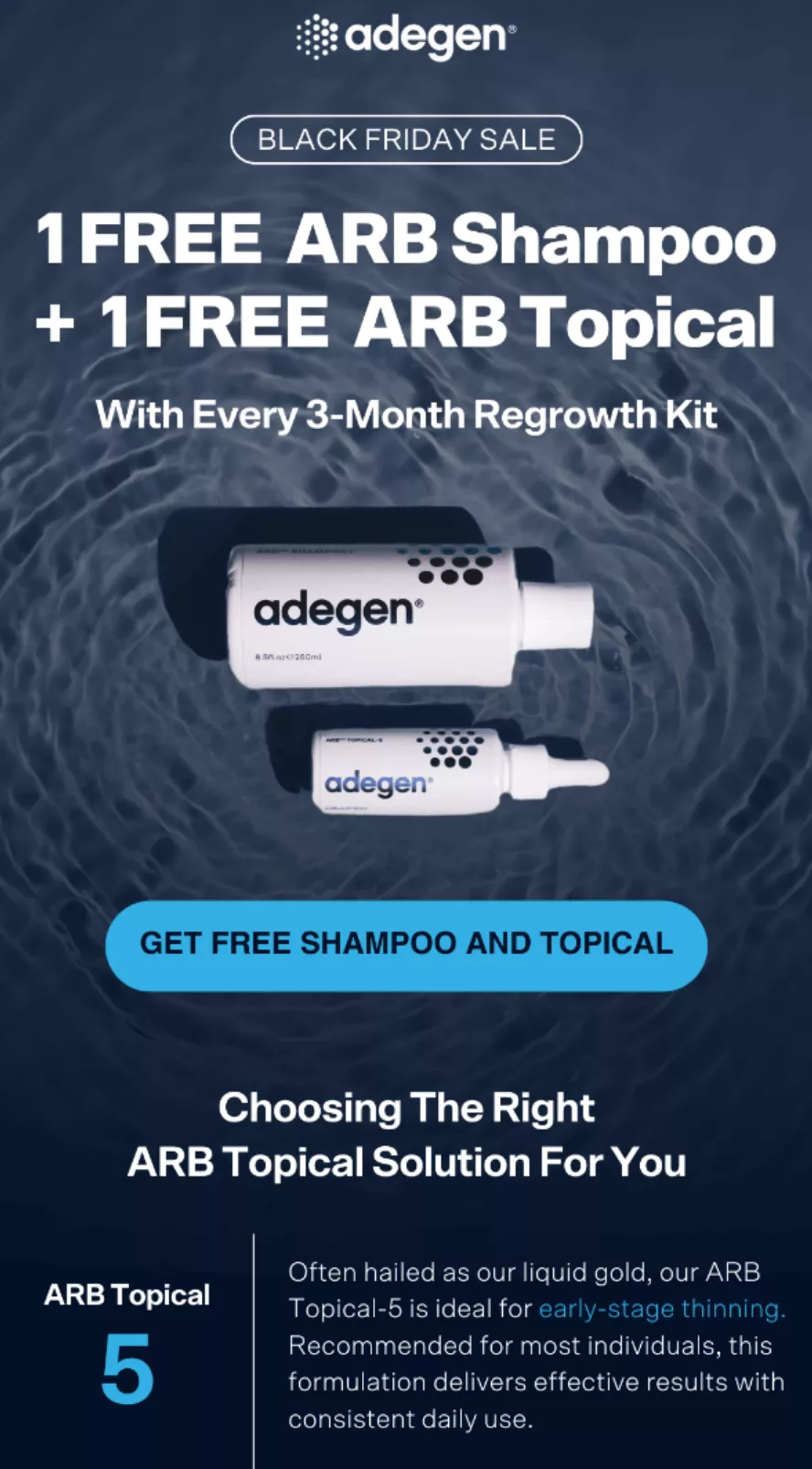
Best Black Friday promos for engagement
Your CLV (customer lifetime value) grows with experiences worth returning for, such as exclusive access and gamified shopping, instead of one-time deals and offers that train your customers to wait for sales.
Consider these Black Friday promo ideas for maximum customer engagement:
5. Mystery discounts and gamification
Create Wheel of Fortune site popups for discounts, or reveal them automatically after adding items to the cart.
The image below shows a Wheel of Fortune popup created in Omnisend — notice the second image, showing the prize? It appears after submission:
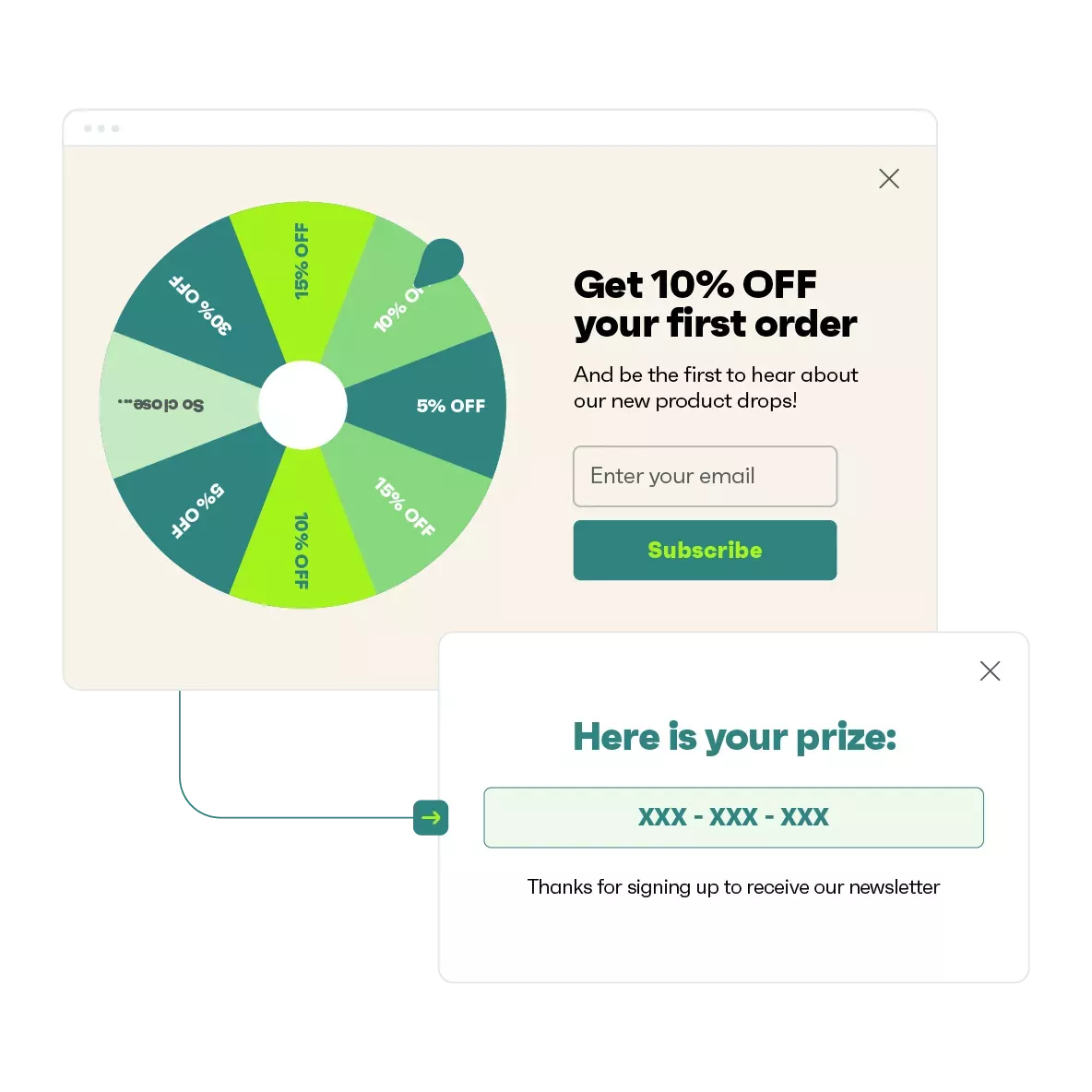
Even a slight discount, such as free shipping, can improve sales, and a portion of your customers will appreciate the anticipation more than knowing every discount upfront.
6. Flash sales by hour or day
Monday gets 40% off accessories. Tuesday features 30% off bestsellers. Wednesday brings free shipping on everything.
Rotating daily deals keeps customers checking back throughout the week. Hourly sales work well for high-traffic stores, but they can exhaust smaller audiences. Time-limited offers and countdown timers create urgency without devaluing your entire catalog.
Rockstar Original creates Black Friday flash sale emails, with the one below leading with the subject line, “👖 Fire Flash Sale: Up to 90% OFF Denim.”
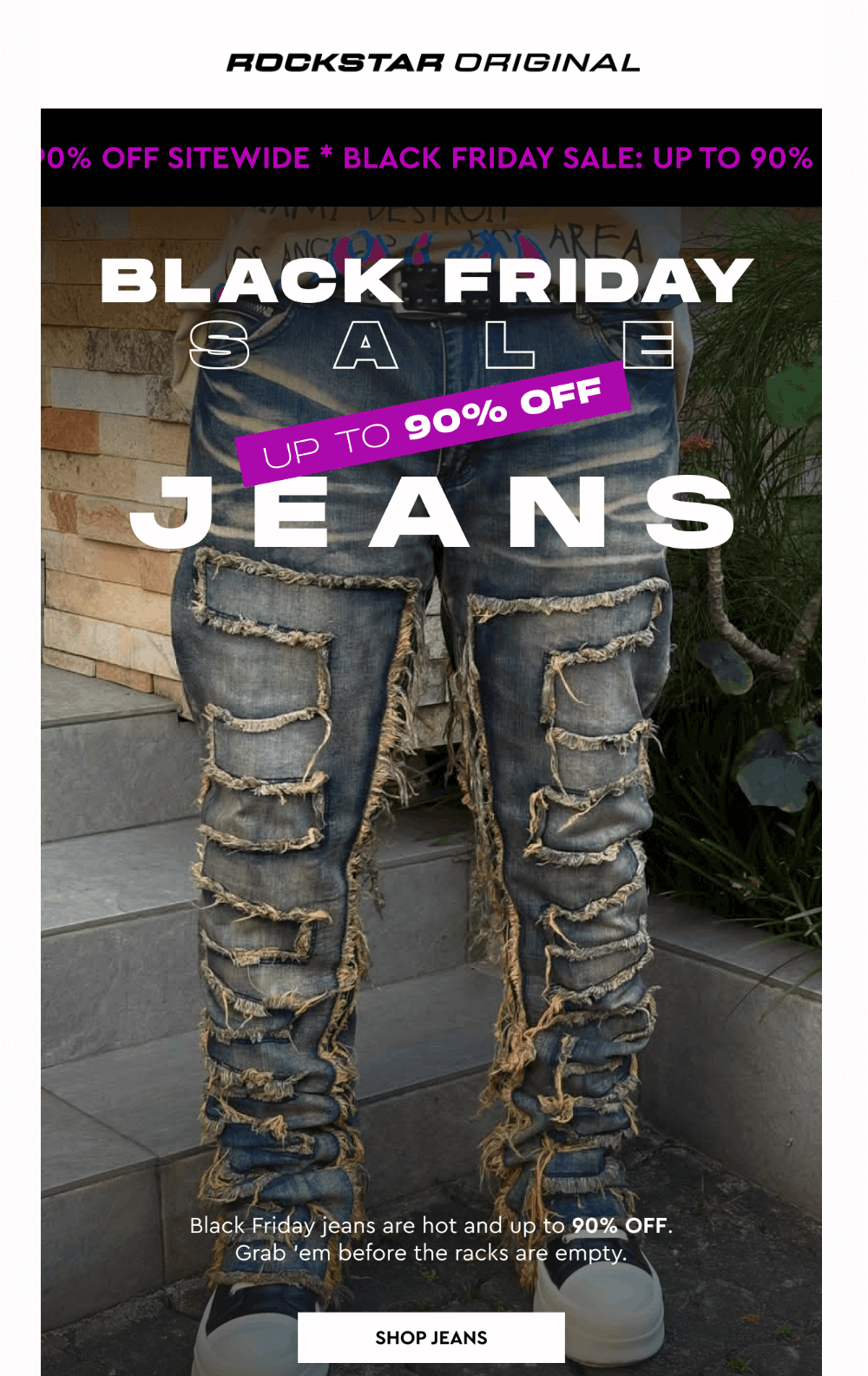
7. VIP and subscriber exclusive deals
Your email subscribers get access 24 hours early. SMS subscribers get an extra 10% off. Loyalty members get free shipping on any order value.
Exclusivity makes customers feel special and justifies joining your list. Promote these perks across Black Friday to grow your subscriber base for future campaigns.
For example, check out this email from Vape Jucce, which uses the subject line “The Countdown Continues… Are You In? ⏳” to promote its VIP list:
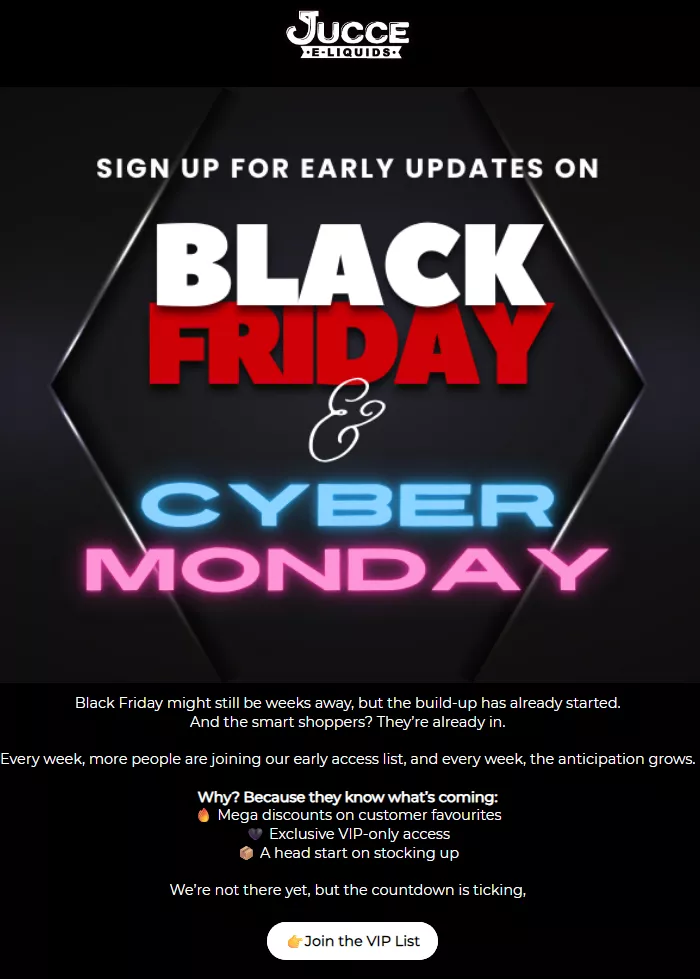
8. Free shipping thresholds
Extra costs at checkout are the primary reason behind abandonment rates in 2025, so it pays to offer free shipping thresholds that reward larger purchases.
“Free shipping on orders over $75” often outperforms “15% off everything” for conversion rates due to encouraging engagement.
Add your free shipping offer to a top banner on your site, and create SMS campaigns promoting it, like this one:
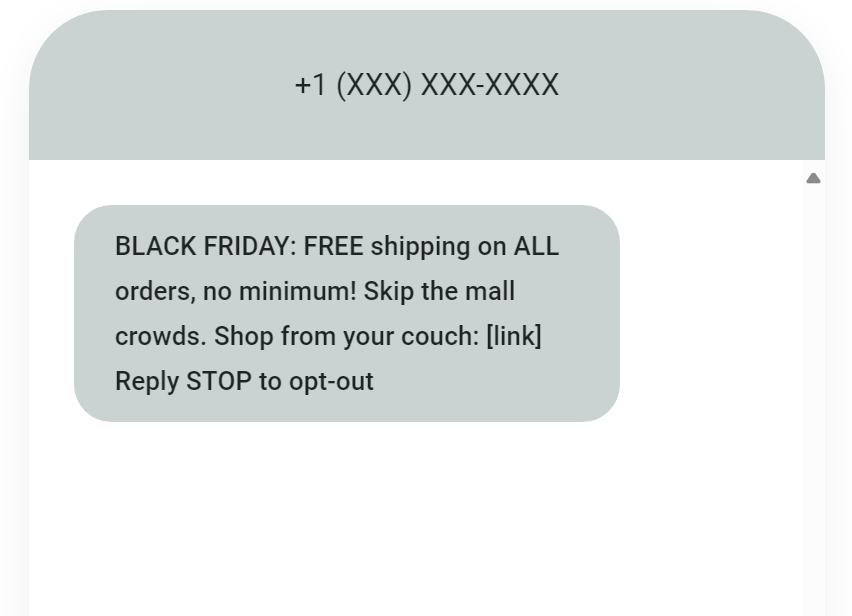
Calculate your threshold based on current order patterns. If your AOV sits at $60, set free shipping at $75 to encourage that extra purchase without making the goal unreachable.
Expert tips for choosing promotions
Test different offers on smaller segments before BFCM to see what resonates. What works for fashion retailers might fail for electronics stores. Your customer data tells you which promotions to run, not what competitors do.
Stack offers carefully — combine free shipping with tiered discounts, add mystery savings to VIP early access, or bundle products with gift-with-purchase. But avoid complexity. Confused customers don’t convert.
Track performance by promotion type, not just overall revenue. Know which offers attracted new customers versus which only appealed to discount hunters.
Why SMS is a must-have for Black Friday marketing
SMS cuts through Black Friday inbox chaos. Your customers check one email inbox filled with competing messages. They check their SMS app with far fewer distractions. That immediate visibility becomes your advantage when every hour counts during BFCM.
Check out these statistics from SMS marketing in 2024:
- SMS volume grew 31% year-over-year
- Click rates for SMS automations were 147% higher than those of campaigns
- Conversion rates for SMS automations were 118% better than campaigns
- Automated SMS accounted for 18% of orders while making up just 9% of all sends
The takeaway: automated SMS is your most active channel and among the most profitable when you need to reach customers immediately.
Creating urgency — SMS vs. email
BFCM 2023 data tells an interesting story. Email open rates hit 25.4%, a respectable figure for the holiday rush. But SMS? Click rates soared to 5.58%, crushing email’s 1.41%. Why such a gap? Because text messages demand immediate attention.
Your email might say “24-hour flash sale” and hope customers check their inbox today. Your SMS says “Flash sale ends at 2 PM, only three hours left,” and reaches customers immediately. One creates passive awareness, the other immediate action.
SMS marketing also bypasses common email obstacles, such as spam folders hiding your message, promotional tabs burying your offer, and media failing to load.
The character limit also forces you to use urgency. You can’t bury the lead in SMS. “40% off everything + free shipping today only, [LINK]” is perfect for quick decision-making.
How to design mobile-first Black Friday campaigns
Follow these Black Friday marketing tips to build winning mobile campaigns:
Choose SMS for time-sensitive messages
Build standalone SMS campaigns for time-sensitive communications. Flash sales starting in two hours need SMS, not email. Low stock alerts work better as texts when only five items remain. Early access feels more exclusive via SMS than email.
Time campaigns around shopping patterns
Omnisend research shows automated SMS achieves 9.4% click-through rates between 5 PM and 9 PM. Schedule promotional messages during this window. Morning slots (9 AM–12 PM) work better for transactional updates and order confirmations.
Make your messaging clear
Keep the SMS copy focused on one explicit action. Pick your best deal and make it obvious. “Black Friday: 30% off sitewide ends midnight” is effective. Adding free shipping, gift-with-purchase options, and loyalty points could confuse things.
Combine channels to cover your customer journey
Add SMS to your email automations. Cart abandonment flows might start with an email showing abandoned items, followed by an SMS two hours later if no purchase occurs. Your welcome series could deliver discount codes via SMS for immediate impact.
Omnisend lets you create standalone SMS campaigns and email and SMS automations that cover the above. Plus, you can add push notifications to automations.
Leveraging cross-channel automation for Black Friday success
Automations should match how customers shop. For example:
- Your customer browses on their phone during lunch
- They abandon their cart
- Your marketing tool triggers an abandoned cart flow
- An email goes out after 30 minutes
- A text message triggers after an hour
- Your customer clicks the link in the text message, which opens a tab in their browser with their saved cart
- They then check their email after work, are reminded of their shopping session, and jump back into their browser to complete the purchase
Single-channel automation misses these natural transitions.
Browse abandonment works similarly. Email showcases the viewed products with recommendations. SMS creates urgency, “Still thinking about [product]? Only three left in stock.”
Order confirmations benefit from both channels as well. Email provides full details and tracking information. SMS sends just the essentials, such as “Order confirmed! Track your Black Friday haul: [LINK]”
The big deal is how each channel complements the other. SMS works best for immediate action needed. Email handles anything requiring more consideration or detail. Each channel plays to its strengths without duplicating efforts.
Social media tactics to beat rising ad costs
Social media advertising gets more expensive every year as competition intensifies.
According to Kenshoo Skai, ad spend on social media jumped 35.1% during Black Friday 2024, marking the channel’s first double-digit growth during Cyber Week since 2019.
You need Black Friday advertising tips and platforms that deliver results without requiring massive budgets to win. Here’s where you should focus:
Platform-specific social media strategies that work
TikTok Shop grew from $1 billion Gross Merchandise Value (GMV) in 2021 to $33 billion in 2024, so to say it’s one of your best social commerce opportunities is an understatement.
For Black Friday, create shoppable videos showing products in action. Partner with micro-influencers who already use your products — their demonstrations convert better than static product shots.
Instagram Shopping needs different tactics. Use feed posts for product discovery and Stories for flash sales. The 24-hour limit on Stories creates natural urgency for Black Friday offers.
Facebook works best for retargeting. Dynamic Product Ads show customers the items they browsed on your site. You’re reaching people who already expressed interest, which costs less than finding new audiences.
How to manage rising social media ad costs
Budget allocation matters more than total spend. Put 40% toward retargeting warm audiences, 30% on lookalike audiences based on your best customers, and only 30% on broad prospecting.
Run Black Friday ad ideas when your audience shops, not 24/7. If your customers buy between 7 and 10 PM, concentrate on spending there, and pause ads during low-conversion hours.
Test ad formats instead of competing on price. For instance:
- Video typically costs more but converts better
- Carousel ads showcase multiple products
- Collection ads combine video and product catalogs
Run multiple Black Friday campaign ideas and see which generates the best results. Drop those with the lowest engagement and conversion rates.
How to run effective influencer collaborations for Black Friday
According to SocialCat, nano-influencers (1K–10K followers) generate 49.7% higher engagement than micro-influencers, and micro-influencers (10K–50K followers) outperform mid-tier influencers by 46%.
The smaller the following, the better your ROI because:
- Higher engagement rates with their audiences
- Lower costs per partnership
- More trusted recommendations
- Niche audiences that match your target customers
Create clear briefs that include:
- Key messages and offers
- Required hashtags
- Posting dates and times
- Discount codes unique to each influencer
- Performance bonuses for sales, not just posts
Begin influencer partnerships in October for proper planning and execution. November rushes lead to poor content and worse results.
Let influencers adapt your message to their style. Scripts lack authenticity and can negatively impact your marketing performance.
Using user-generated content (UGC) for Black Friday engagement
UGC costs nothing and can engage your customers across multiple touchpoints, including organic, paid, and social commerce.
Tactics you can use now include reposting and sharing customer photos wearing or using your products, adding quotes to marketing images, and sharing feedback in social shopping listings.
Another top idea is launching branded hashtags in October with small incentives. Combine this with review request emails, and by Black Friday, you’ll have content libraries ready to use.
Reviews can also become social posts. Pair five-star feedback with product images to address the research phase of Black Friday shopping.
Share customer success stories beyond product features. When people see problems solved or experiences improved, they justify purchases as investments, not just deals.
Retention tactics to turn Black Friday shoppers into loyal fans
Black Friday brings new customers, but retaining them as buyers year-round is what determines your business growth. The work on customer retention starts immediately after their first purchase.
How to set up immediate post-purchase email sequences
Your post-purchase sequence comes into play the second someone completes checkout. Start with the order confirmation — it’s expected and necessary, making it a prime opportunity for engagement.
Include these elements in your confirmation email:
- Order details and tracking information
- Next steps for delivery expectations
- Product care instructions or usage tips
- Links to complementary products they might need
The next message in your sequence should be a thank-you email acknowledging them as a valued customer. It’s best to have this trigger 48 hours post-delivery.
After your thank-you email, your post-purchase sequence could include:
- Day three-five: Review requests. Send your review request while the purchase experience is fresh. Include one-click star ratings directly in the email. Offer 10% off their next purchase for completed reviews.
- Week one: Educational content. Send content that helps customers get more from their purchase — running shoes? Send training guides. Skincare? Share morning routines. Electronics? Provide setup tutorials.
- Week two to three: Cross-sells. Recommend products that improve their original purchase, ideally within a similar price bracket to avoid scaring them away.
Effective Cyber Monday strategies to extend Black Friday momentum
Cyber Monday is Black Friday’s second act. Customers who bought on Friday often return on Monday, looking for items they initially hesitated to buy.
Create segments for Black Friday purchasers. Send them different Cyber Monday emails than non-purchasers. They already trust you with their money, so offer exclusive access or bundles that complement their Friday purchases.
Use browsing data from Black Friday to personalize Cyber Monday emails. Someone who viewed but didn’t buy deserves a targeted reminder with that product. Add urgency with stock levels or extend their Black Friday discount for one more day.
SMS works particularly well for Cyber Monday. Black Friday email fatigue peaks by Monday, but text messages still get immediate attention. Send your best offer via SMS to customers who engaged but didn’t purchase over the weekend.
Bundle products based on Black Friday sales data. If customers bought item A, data shows they often need item B. Create Cyber Monday bundles that solve complete problems rather than selling individual products.
How to run January reactivation campaigns that bring customers back
January reactivation starts with segmentation. Divide Black Friday customers into groups:
- One-time purchasers who haven’t returned
- Multiple purchasers showing loyalty signals
- High-value customers (biggest spenders)
- Engaged non-purchasers who browse but don’t buy
Each segment needs different messaging:
- One-time purchasers get “we miss you” campaigns with exclusive comeback offers
- Multiple purchasers receive loyalty program invitations
- High-value customers deserve VIP perks, such as exclusive access and freebies
Time your reactivation emails for different audiences and avoid sending promotional emails before the turn of the New Year to give customers a chance to cool off over Christmas.
Early January catches resolution-makers. Late January targets those recovering from holiday spending. February addresses Valentine’s shopping. March prepares for spring. Each touchpoint builds on previous engagement.
Use progressive discounting to appeal to bargain hunters:
- Start with content and value, not discounts
- If no response, add a small incentive
- Only escalate to larger discounts for valuable customers showing no engagement after multiple touchpoints
Track what brings customers back. Product launches could outperform discounts for reactivation. Exclusive access makes customers feel valued. Personal recommendations based on purchase history show you remember them.
Every post-purchase interaction either builds loyalty or wastes acquisition costs. Turn single purchases into sustained revenue growth by thinking beyond the initial sale.
Your final Black Friday marketing prep checklist
Black Friday requires months of coordination across email, SMS, and social channels. Here’s what you need to do for success:
- Start planning now — Analyze last year’s data, set goals, begin creative development
- Build email and SMS lists — Launch signup campaigns with early-bird incentives
- Create customer segments — Divide your audience by value, purchase frequency, and engagement level
- Set up automations — Build email and SMS workflows that trigger based on customer behavior and segment activity
- Add urgency elements — Countdown timers, stock indicators, and shipping deadlines across appropriate channels
- Track and retain — Monitor marketing performance, nurture new customers, plan January campaigns, and focus on CLV
Ready to turn these Black Friday strategies into sales? Omnisend combines email and SMS marketing with pre-built automations, customer segmentation, and ecommerce templates that save you weeks of manual setup.
Quick sign up | No credit card required
FAQs
Begin planning in July. Build email lists through September. Launch teaser campaigns in early November. Two weeks of pre-Black Friday promotion capture early shoppers without exhausting your audience.
Omnisend merchants generate $68 per dollar spent on email and SMS marketing. During BFCM, automated emails account for 29.3% of all email orders while making up only 1.75% of sends.
Both serve different purposes. Email showcases products with images and details. SMS creates urgency for flash sales and last-minute reminders. Combined, they reach customers wherever they prefer.
20–30% moves inventory without destroying margins. Tiered discounts based on cart value (“spend $150, save 30%”) increase order values more than flat percentages across everything.
Morning sends (8–10 AM) catch early planners. Evening sends (5–8 PM) reach after-work shoppers. Test your audience in October to discover their patterns before November hits.
TABLE OF CONTENTS
TABLE OF CONTENTS


No fluff, no spam, no corporate filler. Just a friendly letter, twice a month.
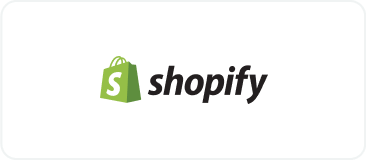
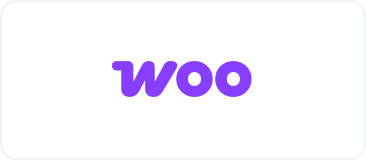 OFFER
OFFER

